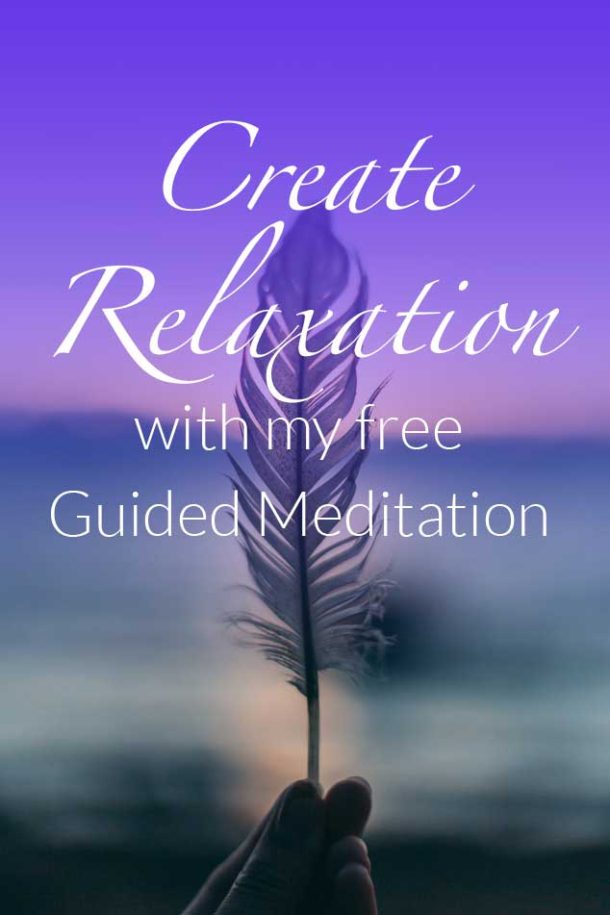 Tarot cards have been used in various ways across many cultures. Many people think it’s for predicting your fate or reading the minds of others. While some may use it for these intentions, there are much more positive and empowering options available. If a tarot reader offers to declare your destiny or eavesdrop on someone else’s feelings and thoughts, it’s a good idea to say “thanks but no thanks.” Accurate or not, this is unethical and persuades clients that the power is in someone else’s hands (news flash, it isn’t!).
Tarot cards have been used in various ways across many cultures. Many people think it’s for predicting your fate or reading the minds of others. While some may use it for these intentions, there are much more positive and empowering options available. If a tarot reader offers to declare your destiny or eavesdrop on someone else’s feelings and thoughts, it’s a good idea to say “thanks but no thanks.” Accurate or not, this is unethical and persuades clients that the power is in someone else’s hands (news flash, it isn’t!).
So wait, if the cards aren’t for predicting my future, what are they for?
Counselor and tarot reader, Joy Aimee, describes tarot readings as a nonjudgmental opportunity for a client to “[read] the possibilities in their energy field” and remind them of their individual power to assess and make their own choices in life. Our energy fields carry loads of information about what’s going on mentally, emotionally, and physically in our bodies. By working with a tarot reader who has honed their skills of intuitive guidance and card interpretation, they can help you recognize blockages, unconscious patterns, and perhaps messages from the Other Side (ancestors, spirit guides, God, angels, etc.). While cards may be able to predict a potential outcome, it’s just that: potential. You have the power to make decisions that will change your future. (Notice how I didn’t use the word “control.”)
 Cool, but how can drawings of royal figures or multi-dimensional beings tell me all that?
Cool, but how can drawings of royal figures or multi-dimensional beings tell me all that?
Traditional Tarot is made up of three categories: Major Arcana, Minor Arcana, and Court Cards. These groups give readers a sense of timing, intensity, and actions related to your reading. These (often old-fashioned) figures are archetypes or symbolic representations of collective experiences. A significant aspect of psychiatrist Carl Jung’s work was connecting our psyche’s use of archetypes when perceiving our lives and the world at large. This is primarily at play in the tarot’s 22 Major Arcana cards. These visual representations can help both readers and clients better understand their emotions, assumptions, and perceptions of themselves and others.
While each card can hold plenty of meaning, the placement and relationship between multiple cards in a larger spread is how a reader can reveal the complexity of a situation. The “keywords” and interpretations of each card are merely springboards. Practiced readers can use the multiple layers of each card (healthy vs unhealthy, light vs shadow, positive vs negative) to get a deeper sense of the unconscious powers at play.
Tarot can also be used outside of readings! Forward Emotion’s founder, Laura Clay, uses them as a supplementary tool for therapy; she says, “Since I am an art therapist, I find tarot cards are a great way for clients to connect to images, colors, shapes, and symbols without having to pick up a pencil/paintbrush.” The visuals stimulate our imagination and intuition, creating meaning personalized to our experience. There are obvious and subtle symbols and color meanings woven into each picture. For example, if you look at the Magician card, it could represent a few different things depending on what stands out to you from the image. Some might interpret the Magician as confident, strategically gathering tools, self-absorbed, or manipulating magic. Laura encourages clients to create their own tarot cards to help express something that words may not fulfill.
Interested in what the tarot may reveal about seemingly solid blocks or situations in your life? Book an appointment with our Intuitive Tarot Reader, Abigail, by calling 630-999-8236 or emailing us at info@forwardemotion.com. Feel free to bring questions!
Sources:
“Archetype, Insight and Mindfulness: an exploration of the healing potential of tarot” in The Art of Healing. Vol 2, Issue 51. June/August 2015.
Dafeldecker, Toni. “Reiki and Tarot” in Reiki News Magazine. Spring 2017.

